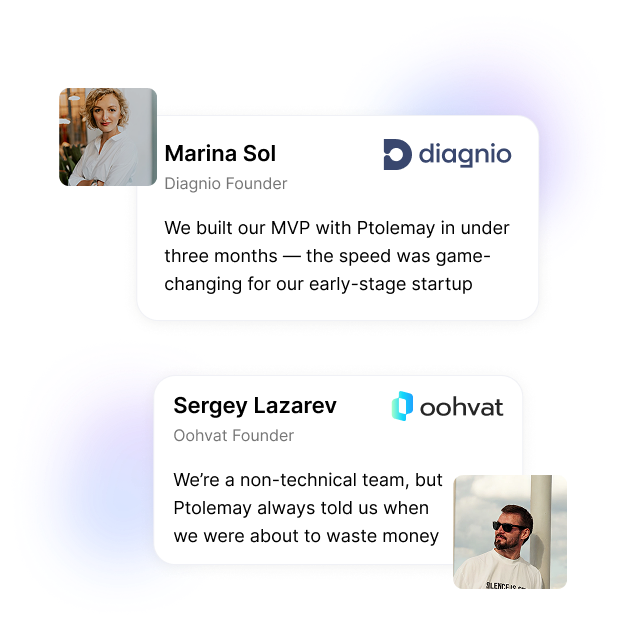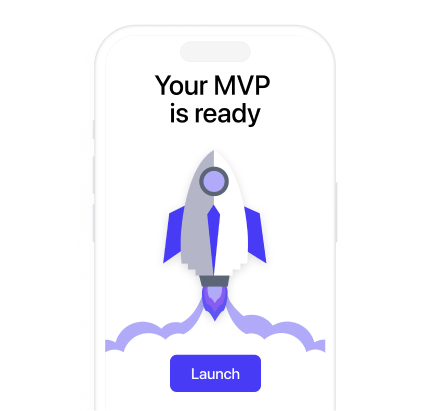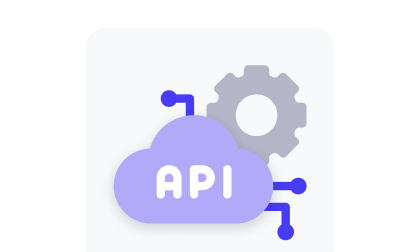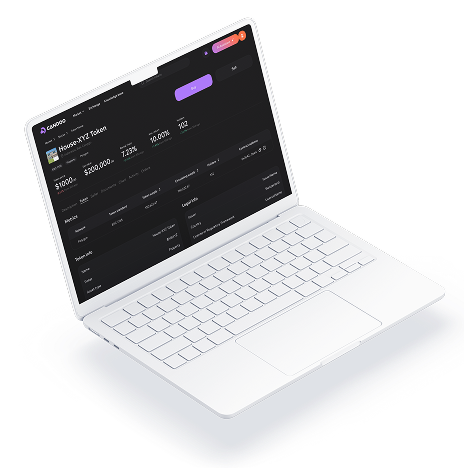Full‑Cycle Software Development Services
From MVP to full-scale product, we build apps that ship on time, on budget, and with full accountability — no blown budgets, no missed deadlines.
Get a transparent, AI-powered estimate for your project in 3 minutes — no sales calls, no hidden fees.


Mobile App Development

Web & Cloud Engineering

AI & ML
Product Design
Tech‑Debt Audit
Clients Say We Deliver
Mobile App
Development
Cross-platform App Development
Native App Development
PWA
Software Development
ERP Software Development
Custom CRM Development
IoT Development
AR/VR App Development
Blockchain Development
Generative AI
ML for Business Intelligence
AI-powered Automation
AI for Customer Experience:
Product & UX/UI Design


IT Consulting with Our Team



Tech Stack
Vue.js
React.js
Nuxt.js
Flutter Web
PWA
Python
MongoDB
AmazonMQ
Kafka
Firebase
Microservices
Grafana
Sentry
PostgreSQL
Celery
Redis
Flutter
Kotlin
Swift
React Native
Amazon AWS
Digital Ocean
Docker
Kubernetes
Bash
Google Cloud
GitHub Actions
GitLab
Selenium
Terraform
Start Building
New Stunning apps
Frequently Asked Questions
They comprise the end-to-end production of mobile software: market discovery, UX/UI design, native or cross-platform coding with backend and API integration, testing and quality assurance, security and regulatory checks, app-store release, and post-launch maintenance, analytics, and feature upgrades. Phases are scaled to project scope and target platforms.
Industry surveys for 2025 show no universal winner. Flutter and the latest React Native lead cross-platform projects; Swift / SwiftUI remains standard for performance-centric iOS apps, while Kotlin or Kotlin Multiplatform dominates Android builds. Rapid MVPs often start with no-code tools such as Softr. The decision depends on UI complexity, team expertise, schedule, and budget.
Start with low- or no-code platforms like Bubble, Glide Apps or Adalo. They let non-developers design screens, link data and launch a working MVP in weeks. Validate with users, learn the basics, then involve professional developers for scalability or advanced custom logic.
The first stage in app development is ideation and market research, where you define your target audience and core features. This early planning helps avoid wasted resources down the road. For example, founders often interview potential users to confirm demand before writing any code.
They adopt a freemium model: ads generate revenue per impression or click; in-app purchases and tiered subscriptions unlock extra features; some license aggregated data or take a cut of marketplace sales. Candy Crush earns from optional power-ups, while Spotify’s free tier converts users into paid plans.
In 2025, commissioning a lean MVP costs roughly US $25 000–60 000, while AI-heavy, enterprise-grade builds can exceed US $150 000. Hourly developer rates range from US $20–40 in Eastern Europe to US $50–90 in the United States (senior talent US $100+). AI code-assist tools now trim 15–30 % of engineering hours.
2025 Deloitte Tech Trends shows a cross-platform MVP averages 400–600 developer hours, while mid-tier builds need 900–1 200 hours. Ptolemay’s dataset across 120 projects confirms AI-intensive apps exceed 2 000 hours, even after 15–25 percent time savings from code-assist tools.
Budgets in 2025 range from US $5 000–15 000 for a lean MVP, US $30 000–80 000 for mid-complexity apps with payments or chat, and US $100 000+ for enterprise-level or AI-driven builds. Costs rise with the number of platforms, design depth, back-end complexity, compliance needs, and expected user load.
Yes, you must pay $99 annually to join the Apple Developer Program, while Google Play requires a one-time $25 fee. Additional costs include development, ongoing maintenance, and possible in-app purchase fees. For example, Apple typically takes a 15–30% commission on most in-app sales.
Monthly upkeep covers cloud hosting, APIs, monitoring, store fees and support. A lean MVP runs about US $50–200; growth-stage apps with payments or analytics average US $600–2 000; high-traffic or video-heavy products often exceed US $5 000. Costs scale with user volume, feature set and infrastructure demands.
You can pitch an app idea at startup incubators, crowdfunding sites, or industry-specific events where investors gather. Platforms like AngelList or hackathons also help gain exposure and feedback. For example, Y Combinator’s demo days let founders showcase prototypes directly to potential backers.
The sequence is: ideation, market validation, UX/UI prototyping, coding with backend integration, testing and QA, app-store launch, and ongoing maintenance with feature upgrades. Following this flow keeps development focused, user-centric and scalable.


.png)